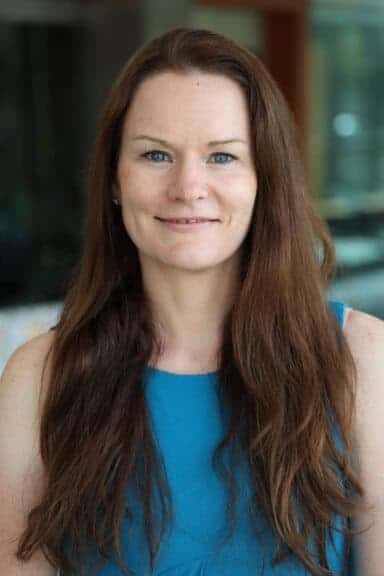As a teenager, Dr. Susan Walsh loved the TV show “The X-Files.” She was particularly drawn to the character of Dana Scully, a hyper-rational doctor-cum-FBI agent who brought a scientist’s skepticism to investigations of paranormal phenomena and deployed her medical training to determine cause of death for the show’s victims.
The fact that Scully used science to solve problems and pursue justice intrigued Walsh. She wanted to explore a career in forensics but was on the fence about how to do it. Should she go into law enforcement? Become a scientist? The show helped her to decide. She loved the science. “It did start with Scully, if I’m being honest,” she said.
Walsh studied biochemistry and, while working on her master’s degree in DNA profiling, she happened onto a research paper that caught her attention. Australian scientists had found DNA markers corresponding to eye color, and Walsh began to wonder whether those techniques could be applied to criminal investigations. If crime-scene DNA could be analyzed for markers that relate to physical appearance, Walsh suspected that could help investigators identify suspects — and take crime fighting to a new level.
“Oh wow, that’s so cool that we’ll one day be able to predict what people look like,” using DNA, she thought. “In an application of a forensic setting, that’s amazing.”

That was 2005. Today, Walsh is at the top of her field. An assistant professor in the School of Science at Indiana University Indianapolis, she runs a lab researching what is now known as forensic DNA phenotyping, or FDP. Walsh has worked on locating genes related to eye, hair, and skin color and has built an open-source tool for people, including in law enforcement, who want to use DNA to predict those traits. She has also investigated connections between DNA markers and the appearance of various facial features, known as facial morphology.




